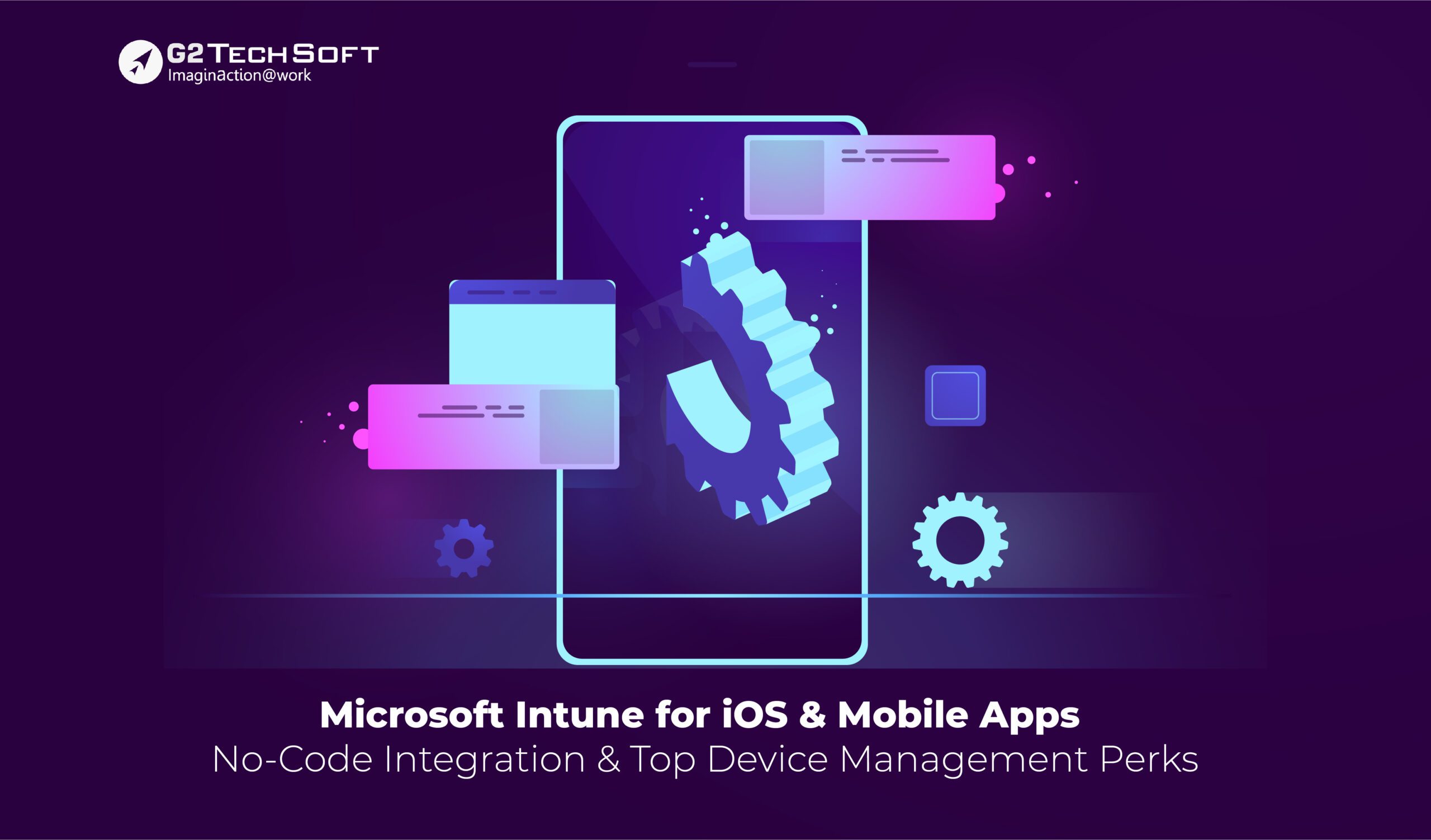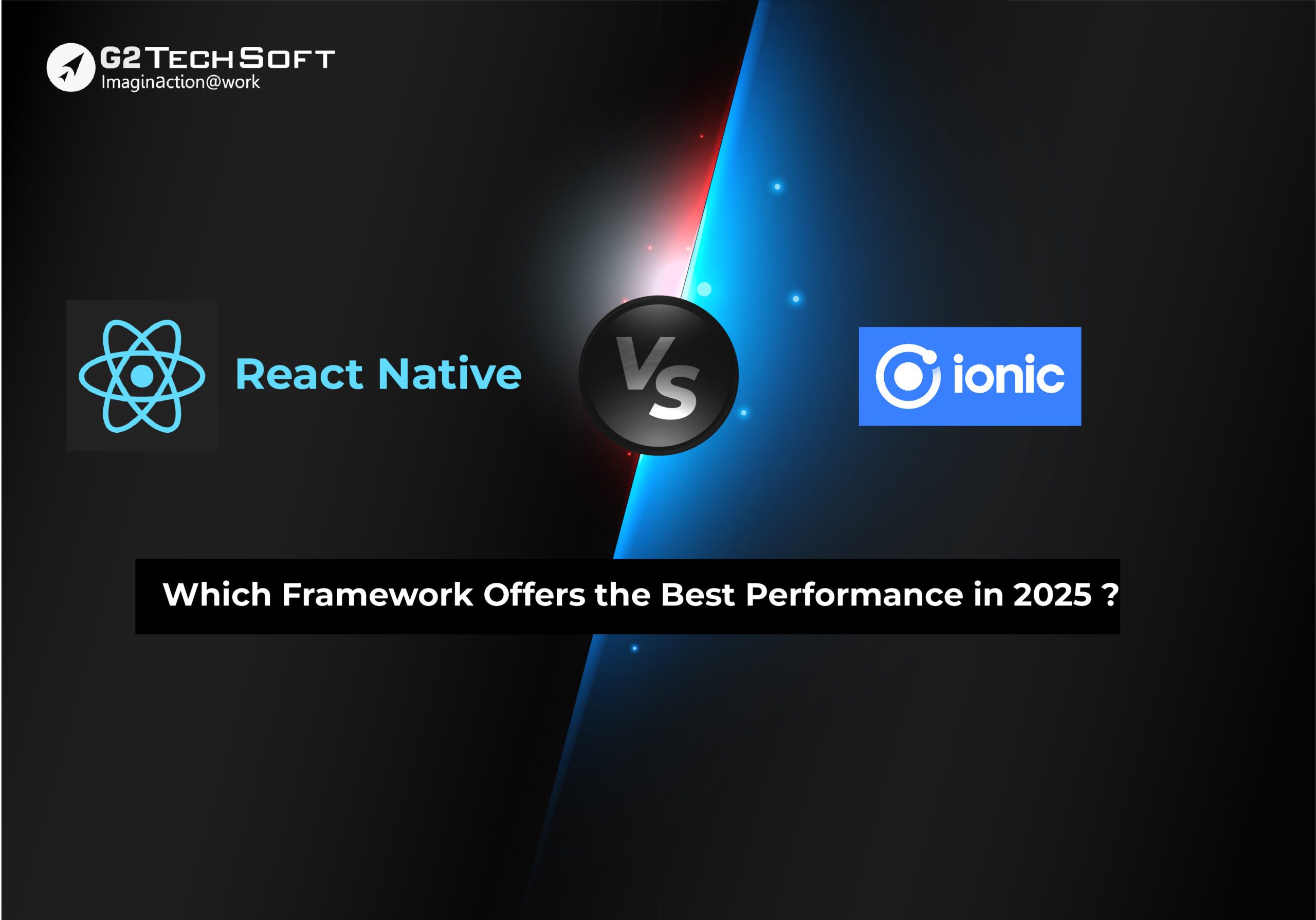
Web Application Architecture: Understand the robust of Components, Models, and Types
A quick peek at Web Application Architecture:
A web application architecture refers to the way a web application is designed and structured. It defines the components and their relationships, how the data flows, and how the application behaves. A good architecture helps to ensure scalability, maintainability, and performance. A common web application architecture includes a client-side interface (such as HTML, CSS, and JavaScript) that runs in the user’s web browser, a server-side application that handles the back-end logic and data storage, and a database that stores the application’s data. The client and server communicate through APIs (Application Programming Interfaces) to exchange data and trigger actions.
Unpacking the Mysteries of Web Application Architecture: An Overview
Web application architecture is the process of designing and planning the structure of a web application to ensure that it meets the needs and requirements of both the users and the developers. The three key elements of web application architecture are application support, application performance management (APM), and log management tools.
Application support tools provide essential services such as error handling and reporting, data backup, and recovery. APM tools help monitor the performance of the application and identify any issues that may impact its functionality. Log management tools allow developers to keep track of all activity within the application, including error messages and system logs.
To create a stable and reliable web application, developers must have a strong understanding of web application architecture and the tools available to support it. This includes understanding the basics of how web applications are structured, how they communicate with servers, and how to handle errors and exceptions. Additionally, it is important to understand the security considerations involved in developing web applications and how to implement measures to protect sensitive data.
By following best practices in web application architecture and using the right tools, developers can create great apps that meet the needs of their users and deliver a positive experience.
Essential Components of a Robust Web Application Architecture
Web application architecture is the foundation upon which web-based applications are built. It consists of three main components that work together to deliver a seamless and effective user experience: the web browser, the web server, and the database server.
The Web Browser is the client-side component that users interact with to access web content. It sends HTTP requests to the web server and displays the results for the user. The web server, on the other hand, the Web Server is the back-end component that processes these requests and retrieves data from the database. It is responsible for running the business logic and sending the data back to the browser for display.
The Database Server is the final piece of the puzzle, storing and retrieving data in a structured and efficient way. This component is responsible for responding to user requests and providing the necessary data for display on the user interface.
Together, these three components make up the architecture of a web-based application, working in harmony to deliver a seamless and effective user experience. By understanding the different components and how they interact with one another, developers can create web applications that are reliable, scalable, and secure.
A Comprehensive Guide to the Key Components of Web Application Architecture
Web applications rely on various components to efficiently process requests and provide relevant data to users. Some of the essential components of a robust web application architecture include:
- Web App Servers: These are used to process requests from users and send documents back to the browser. They work in conjunction with the backend infrastructure, including the job queue, cache server, and database.
- Data Warehouse: This component provides a platform for storing and analyzing collected data. Data is received, processed, and stored in three phases, eventually ending up in the data warehouse for easy access and exchange.
- DNS (Domain Name System): This component simplifies the process of finding the domain name and IP address of a specific server to receive user requests.
- Databases: A platform for performing various operations such as deleting, updating, searching, adding, and organizing data. Web app servers interact directly with databases.
- CDN (Content Delivery Network): This component helps deliver images, JavaScript files, CSS files, and HTML files to users around the world.
- Load Balancer: This component handles horizontal scaling by dividing tasks evenly among multiple servers, answering incoming requests efficiently.
- Services: These are hidden components that interact with other web components and services to enhance the overall performance of the web application.
- Job Queue: An optional component that consists of servers and itself. The servers process jobs waiting in the queue, handling them based on a schedule for efficiency.
- Caching Service: A platform for searching and storing data, caching service offers storage space and speeds up the process by accessing previous results easily.
- Full-Text Search Service: An optional component that supports the search-by-text function, sending relevant results to the user based on keywords.
By understanding these key components, you can better appreciate the workings of a web application and optimize its performance.
Web Application Architecture: Types and Forms
Web app development is divided into two main categories: frontend and backend.
Frontend Forms of Web App Architecture:
- Server-Side Rendered Application (SSR): This is a form of web app architecture that executes the client-side JavaScript framework website to HTML and CSS on the server. This tool speeds up the browser’s performance and makes it easier for the developer to perform complex tasks.
- Single-Page Applications (SPAs): This type of web app architecture simplifies the work of the programmer. With SPAs, the user does not need to load additional pages when performing actions on the web page. Instead, the user interacts with and receives content updates from the current page, resulting in a better overall user experience.
Backend Forms of Web App Architecture:
- Serverless Architecture: This form of web app architecture means that the entire infrastructure is supported by third-party providers and does not require the configuration and administration of servers running management software. This system is perfect for developers who do not want to manage and support servers and hardware.
- Microservices: This is a service-oriented architecture (SOA) that deals with simple services that perform a single function. Microservices can save time and cost, making it an efficient and productive form of web app architecture. Microservices components do not need to be interdependent and can be written in different programming languages, making it more flexible for the developer.
Key takeaway
Web application architecture plays a crucial role in determining the success of web development services. It’s essential to carefully consider the best architecture design for a project to avoid costly errors in the core app functionality in the future.
To ensure that you have a secure and modern web application, it’s advisable to seek professional help from experienced experts. G2 TechSoft is a team of highly skilled professionals who can provide high-level assistance in building an architecture that perfectly fits your business needs.
With their vast experience in software development, the G2 TechSoft team is equipped to guide you in choosing the best form of web application architecture, whether it’s server-side rendering, single-page applications, serverless architecture, or microservices. By working together, you can achieve a solution that meets all your requirements and guarantees the success of your web development project.
So, if you want to ensure the success of your web development project, contact G2 TechSoft today and start building a secure and modern web application architecture!




